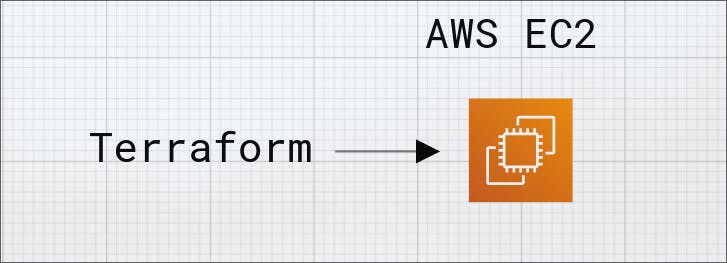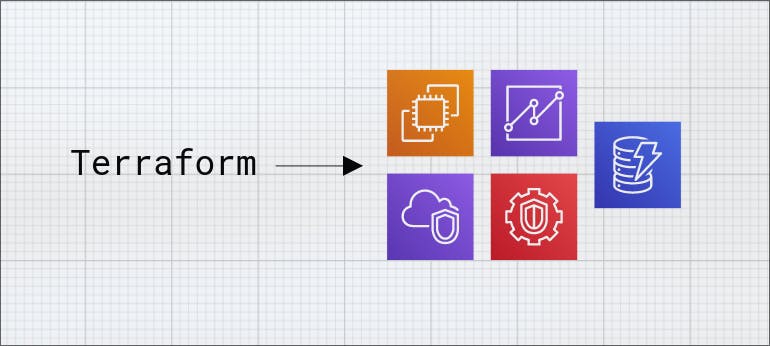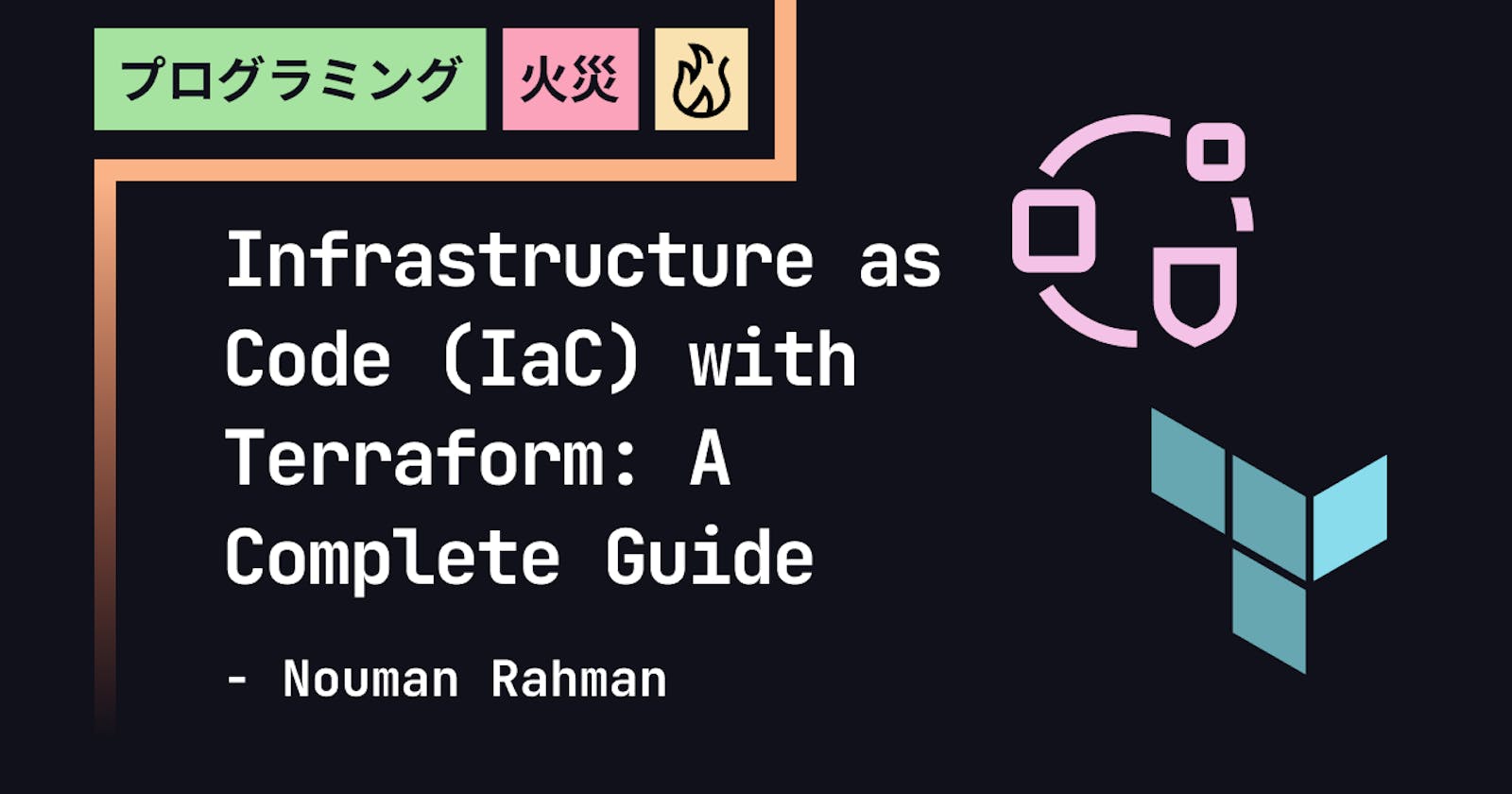In today's rapidly evolving technology landscape, the ability to provision and manage infrastructure efficiently is paramount. Traditional methods of setting up servers and infrastructure manually are no longer viable for modern software development. This is where Infrastructure as Code (IaC) comes to the rescue, and Terraform is at the forefront of this revolution.
The IaC Revolution

Infrastructure as Code is a methodology that treats infrastructure provisioning and management like software development. In essence, you write code to define and manage your infrastructure resources. This code can be versioned, tested, and automated just like any other software codebase. IaC offers several advantages:
Consistency: IaC ensures that your infrastructure is consistent across environments. What you define in code is precisely what gets provisioned.
Version Control: You can use version control systems like Git to manage your infrastructure code, enabling collaboration and tracking changes over time.
Automation: IaC allows you to automate infrastructure provisioning, reducing the risk of human error and saving time.
Scalability: With IaC, scaling your infrastructure up or down becomes a matter of changing code configurations, rather than manual intervention.
Reusability: You can create reusable modules or templates, making it easier to manage and provision complex infrastructure.
Why Terraform?
Terraform is an open-source IaC tool developed by HashiCorp. It has gained immense popularity for several reasons:
Declarative Syntax: Terraform uses a declarative configuration language. You define the desired state of your infrastructure, and Terraform figures out how to make it happen.
Providers: Terraform supports various providers, including AWS, Azure, Google Cloud, and many others. This means you can manage multi-cloud environments with a single tool.
Resource Graph: Terraform builds a dependency graph of your resources, ensuring they're provisioned in the correct order.
State Management: Terraform maintains a state file that keeps track of the current infrastructure configuration. This allows Terraform to make changes incrementally and avoid unnecessary resource recreation.
Extensible: Terraform's modular design allows you to create custom modules or use modules from the Terraform Registry, enhancing reusability.
Getting Started with Terraform
Let's take a detailed dive into getting started with Terraform, starting with installation:
Installation
1. Download Terraform:
Visit the official Terraform website and download the Terraform binary for your operating system. Terraform supports Windows, macOS, and Linux.
2. Install Terraform:
Windows: After downloading, unzip the Terraform binary and place it in a directory included in your system's PATH.
macOS: If you're using Homebrew, you can install Terraform with
brew install terraform. Otherwise, unzip the binary and move it to a directory in your PATH.Linux: Unzip the binary and move it to a directory included in your PATH. You can also use a package manager specific to your distribution to install Terraform.
3. Verify Installation:
To verify the installation, open your terminal and run:
terraform --version
You should see the installed Terraform version printed on the console.
Writing Your First Configuration
Create a new directory for your Terraform project and create a file named main.tf. This file will contain your Terraform configurations.
Here's a simple example that sets an AWS Micro-EC2 Instance

provider "aws" {
region = "us-west-2"
}
resource "aws_instance" "example" {
ami = "ami-0c55b159cbfafe1f0"
instance_type = "t2.micro"
}
Here's a more complex example that provisions a multi-tier architecture:

provider "aws" {
region = "us-west-2"
}
resource "aws_vpc" "my_vpc" {
cidr_block = "10.0.0.0/16"
}
resource "aws_subnet" "subnet_a" {
vpc_id = aws_vpc.my_vpc.id
cidr_block = "10.0.1.0/24"
}
resource "aws_security_group" "my_security_group" {
name = "my_security_group"
description = "My security group"
vpc_id = aws_vpc.my_vpc.id
ingress {
from_port = 22
to_port = 22
protocol = "tcp"
cidr_blocks = ["0.0.0.0/0"]
}
}
resource "aws_instance" "web_server" {
ami = "ami-0c55b159cbfafe1f0"
instance_type = "t2.micro"
subnet_id = aws_subnet.subnet_a.id
security_groups = [aws_security_group.my_security_group.name]
}
resource "aws_instance" "database_server" {
ami = "ami-0c55b159cbfafe1f0"
instance_type = "t2.micro"
subnet_id = aws_subnet.subnet_a.id
security_groups = [aws_security_group.my_security_group.name]
}
output "web_server_ip" {
value = aws_instance.web_server.public_ip
}
output "database_server_ip" {
value = aws_instance.database_server.private_ip
}
Initializing and Applying
Run terraform init to initialize your project. This will download the necessary plugins and providers. Then, run terraform apply to create the specified infrastructure resources.
Managing State
Terraform maintains state information in a file (by default named terraform.tfstate). Never edit this file manually. You can use remote backends like AWS S3 or HashiCorp Consul to store the state file securely.
Destroying Resources
When you're done with your resources, you can run terraform destroy to remove them.
Conclusion
Terraform is a game-changer for managing infrastructure. It allows you to embrace Infrastructure as Code principles, providing greater control, scalability, and automation in your infrastructure management processes. Whether you're working with a single cloud provider or managing a complex multi-cloud environment, Terraform simplifies the process, making it possible to build tomorrow's infrastructure today.
So, if you haven't explored Terraform yet, it's time to dive in. Start small, experiment, and gradually incorporate it into your infrastructure provisioning workflows. Your infrastructure will thank you for it.
